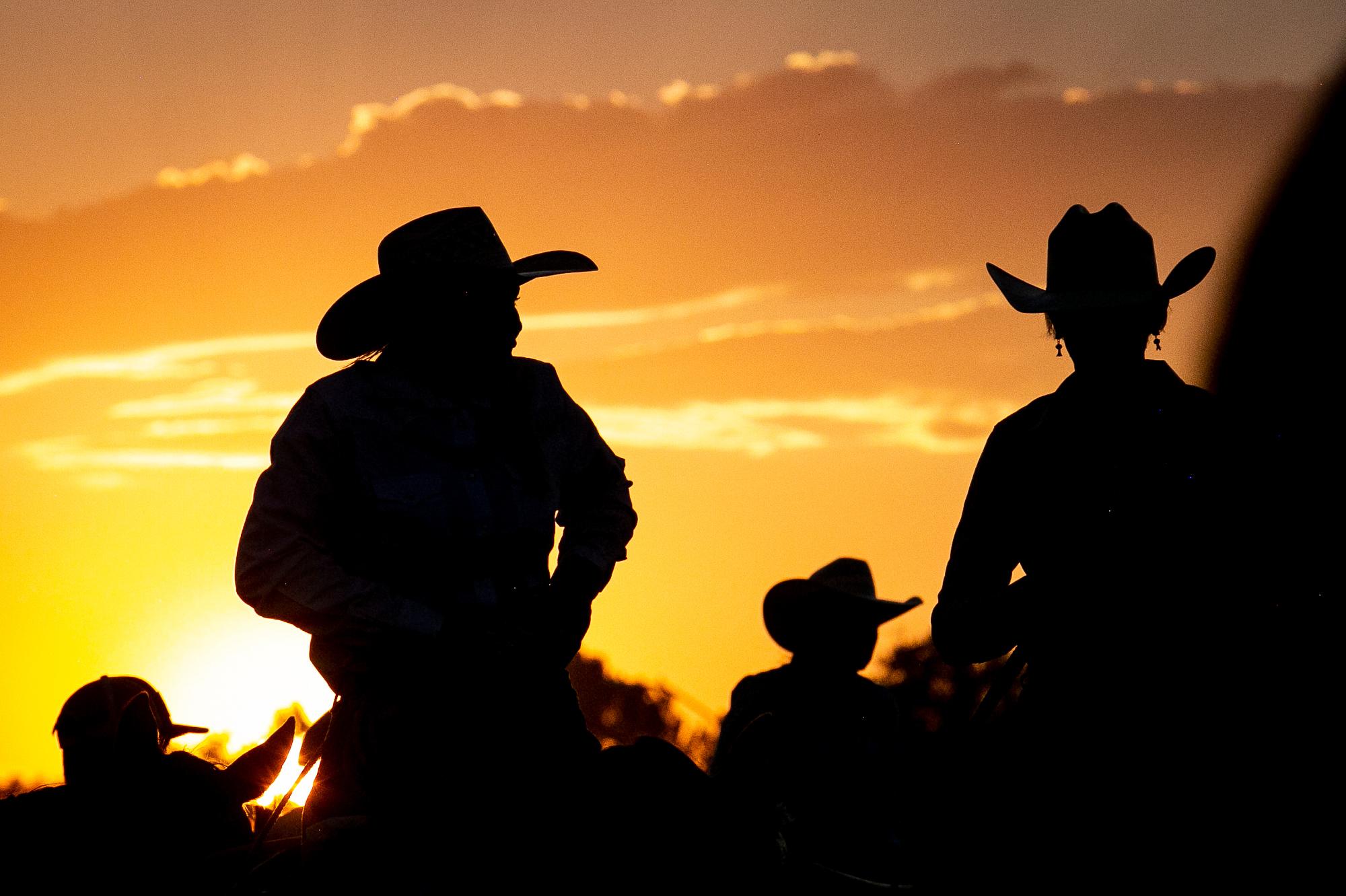
Climate change takes center stage Monday as a global conversation begins in Paris. But it’s not just international politicians who will lead discussions. U.S. cities like Boulder will have representatives there to share their best practices.
Like other Front Range cities, Boulder has already seen a clear warming trend that is 2 degrees Fahrenheit above average. By 2050, temperatures could rise another 2-6 degrees. At best, that means Boulder's climate will be more like that of Pueblo. At worst, it resembles average temperatures in a place like Albuquerque, New Mexico.
Boulder has always been progressive on the climate change front. Back in 2002, city leaders enacted a plan to reduce greenhouse gas emissions. Over the years that plan has become more robust. In 2007, Boulder voters approved a climate action tax, which is based on how much energy homeowners and businesses use.
Now the city's strategy includes a job many have never heard of: Chief Resilience Officer.
Created in 2014, the post was funded for two years with money from the 100 Resilient Cities Project. Boulder CRO Greg Guibert says his job description includes planning for natural disasters in the face of climate change. It also attempts to use new frameworks of thinking--like considering how low-grade stresses to affordable housing might be exacerbated by direct shocks like wildfires or drought.
"You just don't know how [climate change is] going to manifest itself. Whether it's through extreme events like fire and flood, or whether it's the more persist drought or other stressers," said Guibert. "You have to have a bunch of people at the table. Infrastructure and utilities folks need to be sitting with the housing and land use people."
Holistic Thinking On Climate Change

To understand this new way of thinking, I take a walk with CRO Greg Guibert in the foothills above Boulder. You can see the city’s coal-fired power plant, windmills, water reservoirs, the faint scars from a wildfire burn, and air pollution. They all add up to Boulder's current and future climate change challenges.
Guibert says it used to be that city plans focused only on the energy part--like more renewable energy. Now there's planning across departments on climate change. And jobs like the CRO attempt to bring everyone together to consider how the city will prepare for more extreme weather events.
"It’s only really through some of our recent events that we’re starting to recognize the vulnerability that some of this represents. And it’s an important thing just to sort of recognize that," said Guibert.
One example is Boulder's signature planning achievement: the wide greenbelt around the city. It's purposely devoid of development, and has fewer roads. And yet during the 2013 floods, some roads in and out of town became flooded, making access to town more limited. It’s the Chief Resilience Officer’s job to think about vulnerabilities and guide the city toward future solutions.
“It’s thinking about this stuff holistically, and bringing different people to the table," said Guibert.
A Broad Scope
For cities, it's no longer enough to take a carbon inventory and reduce greenhouse gas emissions. Cities need to think and plan across departments. And for some, climate change is already happening.
“It used to be you talk about reducing greenhouse gas emissions or adapting and preparing for the impact of climate change," said Sascha Peterson, managing director of the American Society of Adaptation Professionals. “Now there’s an increasing realization that we need to do both as quickly as possible if we’re going to be prepared for what’s coming.”
In other words, the broader the thinking, the better.
Climate change doesn’t pay attention to city or county boundaries, says Peterson. That’s why suburban cities that make up metropolitan areas in Los Angeles, San Diego and Boston have joined together to plan for climate change.
Frameworks for how to think about this problem have evolved, too. Andrew Salkin is Chief Operating Officer for the 100 Resilient Cities Project. He works to get cites to interweave plans for big shocks like future wildfires to smaller ones like rising unemployment.
“When they start understanding how the impacts that climate change might be having to their city are actually playing out in the organization of the city--and how the neighborhoods are interacting with each other--they begin to realize that it’s not a climate change exercise," said Salkin. "It’s really understanding that the city has these different systems that are being challenged."
Boulder may be part of the 100 Resilient Cities Project, but challenges for each city are unique. In Norfolk, Virginia, challenges from flooding have already arrived. And climate change could mean even more sea level rise.
"Now that we have this chronic stress of recurrent flooding, how should we evolve in order to make sure that we're able to live here in a healthy and safe way?" said Norfolk CRO Christine Morris.
"What we've tried to do together is to provide an opportunity for residents to use the design process with us as we explore what it's going to look like to live in Norfolk in another 50 to 100 years."
Building Resilience Plans
Next year, Boulder will release its first ever resilience strategy. CRO Greg Guibert said it will explore the interplay between shocks like wildfires and chronic stresses like Boulder’s lack of affordable housing. It will look at resiliency in the broadest sense.
“So that might include monitoring systems, that might include new ways of thinking about data or open data, new partnerships with the university," said Guibert.
Participants in the 100 Resilient Cities Project are required to draft up the document. Some, like Norfolk, have already released their plans.
Altogether, Guibert said the resilience strategy will lead to new data, ideas and tools. The hope is that it all adds up to a new system of thinking that will help Boulder be better prepared for the next drought of wildfire--events that are expected to become more frequent over the next century as the climate changes.








